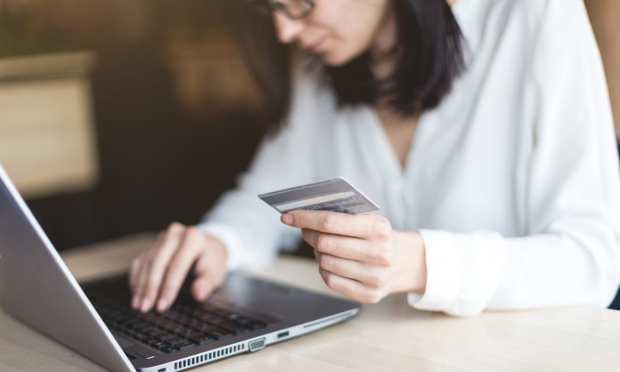Consumer Spending Preferences Define Borders Of The New Loyalty

The name of the game in commerce today is loyalty — in many ways an intangible — and from banks to merchants to investors, a company’s loyalty posture can be decisive for good or ill.
“One-third of consumers recently stated that their loyalty to regular stores has shifted since the start of the pandemic, however. The rules of successful customer engagement appear to be changing, mainly because consumers are beginning to value different features during their shopping experiences,” according to PYMNTS’ December 2020 Anatomy of a Consumer Payment Playbook, done in collaboration with FIS.
Perhaps more to the point, “loyalty programs are emerging as key solutions that can be used to personalize consumers’ shopping experiences, with one recent study showing that 84 percent of consumers are spending more with merchants that deliver tailored engagement.”
Loyalty in 2021 will likely revolve around rewards choice and creative optionality to ignite consumer spending, increase order size and create openings for new product launches.
“Where They Are, When They Need You”
The role of payments choice in engagement and loyalty is defining now, as accrual and redemption tie back directly to channels and behaviors that generate rewards to begin with.
“Earning and retaining consumer loyalty requires engaging digital experiences that serve customers’ needs for safety, reliability, service and overall experience. That means meeting customers and engaging them on their terms — where they are, when they need you. Omnichannel payment solutions of the future will need to be built for maximum flexibility within existing channels, with an emphasis on digital-first and, when needed, digital-only,” Mladen Vladic, vice president, general manager of loyalty solutions at FIS, told PYMNTS.
Vladic said this approach leverages forms including mobile wallets, and extends to “giving consumers the ability to use their rewards points as currency. Meeting customers where they are means expanding your digital presence, creating engaging loyalty experiences and educating consumers on the benefits.”
Additionally, there are new payments modalities to consider from contactless and QR code-based options, mobile wallets and buy now, pay later (BNPL) installment plans. In fact, a May report found that 61 percent of millennials are now using mobile wallets regularly.
Meeting Expectations Is Rewarding
A robust menu of digital payments options integrated with loyalty rewards in a personalized flow is how brands are making loyalty work overtime now, when they need it more than ever.
Maintaining all of those (ideally) frictionless pay options is a complex affair – particularly from the retailer’s perspective, the new Playbook notes. Along those lines, Keala Gaines, vice president of global payment services for eCommerce marketplace eBay, told PYMNTS that “consumers expect checkout to be frictionless, fast and secure. It is when [their payment preferences] are not available, that they do not feel comfortable … or [when] the process is clunkier than they might expect, we have opportunities to actually delight them by giving them options that will speed that process and make it faster, more secure and more frictionless.”
It’s no knock against data analysis to say that consumer behavior is hard to predict. However, we know that rewarding behavior works. FIs and merchants need to accept that shoppers are now calling the shots, so they should be ready to accept many forms of payment, fluidly.
“Consumers may occasionally leverage novel payment methods for seemingly inscrutable reasons, but one thing is clear: They expect these options to be smooth, secure and available, regardless of which shopping channels they use,” according to the Anatomy of a Consumer Payment Playbook. “Tying together consumers’ in-store and online shopping and payment expectations — and addressing their unique concerns when their payment experiences fall short — could go a long way toward fostering customer loyalty, even for retailers that operate in only one channel.”
